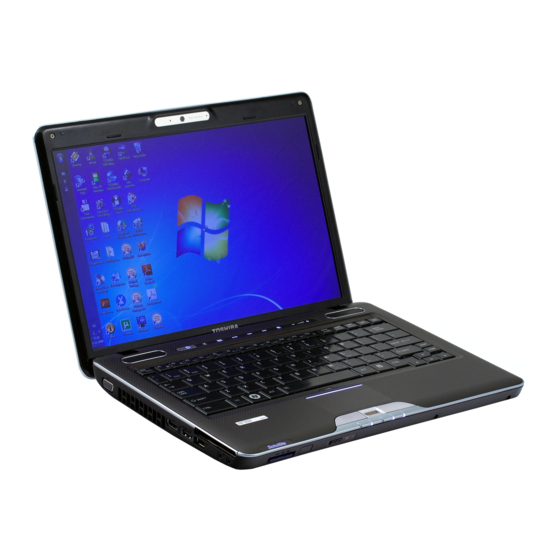
Toshiba Satellite U500 User Manual
Hide thumbs
Also See for Satellite U500:
- Maintenance manual (269 pages) ,
- User manual (253 pages) ,
- Manual del usuario (251 pages)
Table of Contents
Advertisement
Quick Links
Advertisement
Table of Contents





Need help?
Do you have a question about the Satellite U500 and is the answer not in the manual?
Questions and answers